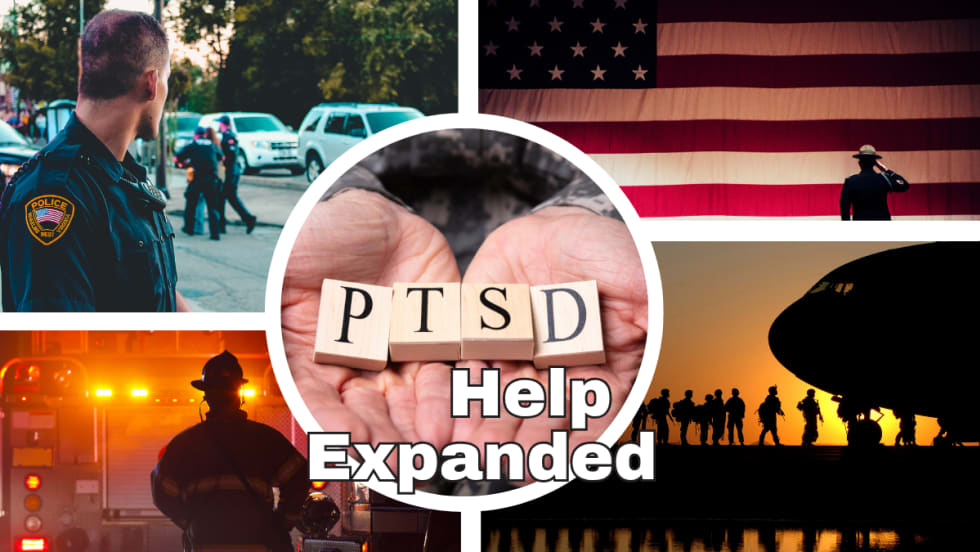Seconds later, a backup officer appears from the flanking side between the K-9 and the suspect and begins to run after the suspect. Let's now say you are that back-up officer. You find yourself in between the bad guy and the running K-9. It looks like the K-9 is now coming after you! What do you do?
Stay Cool and Calm
First, stay cool and calm. Know that the handler is also reacting to this new set of circumstances and is probably working on recalling the dog or otherwise commanding the dog to avoid you. If you can't reach relative safety in time, you should next STOP moving and face the dog with arms crossed in front of you, protecting your groin area with forearms and hands. Stopping helps to remove the "prey" or chase instincts in the dog and may readjust the focus of the chasing dog back to the moving suspect.
You may also want to calmly reach for your pepper spray or TASER. While the pepper spray will have little effect on the dog, it may have enough to thwart the dog's movement toward you. The TASER is very effective in stopping a dog, but remember to give the verbal announcement for TASER use dictated by your department policy prior to using it. Otherwise, officers involved may misinterpret the pop of the TASER as the sound of a gunshot.
Let's say these tactics fail and you find yourself being bitten by the police dog. Again, stay as calm as you can, knowing that the properly trained and certified dog is trained to apprehend the arm, leg, or buttocks area. These dogs are also trained to apprehend and hold, so while the dog may be biting you, they are taught to hold that same spot until commanded by the handler to release, which I hope is happening at this point.












